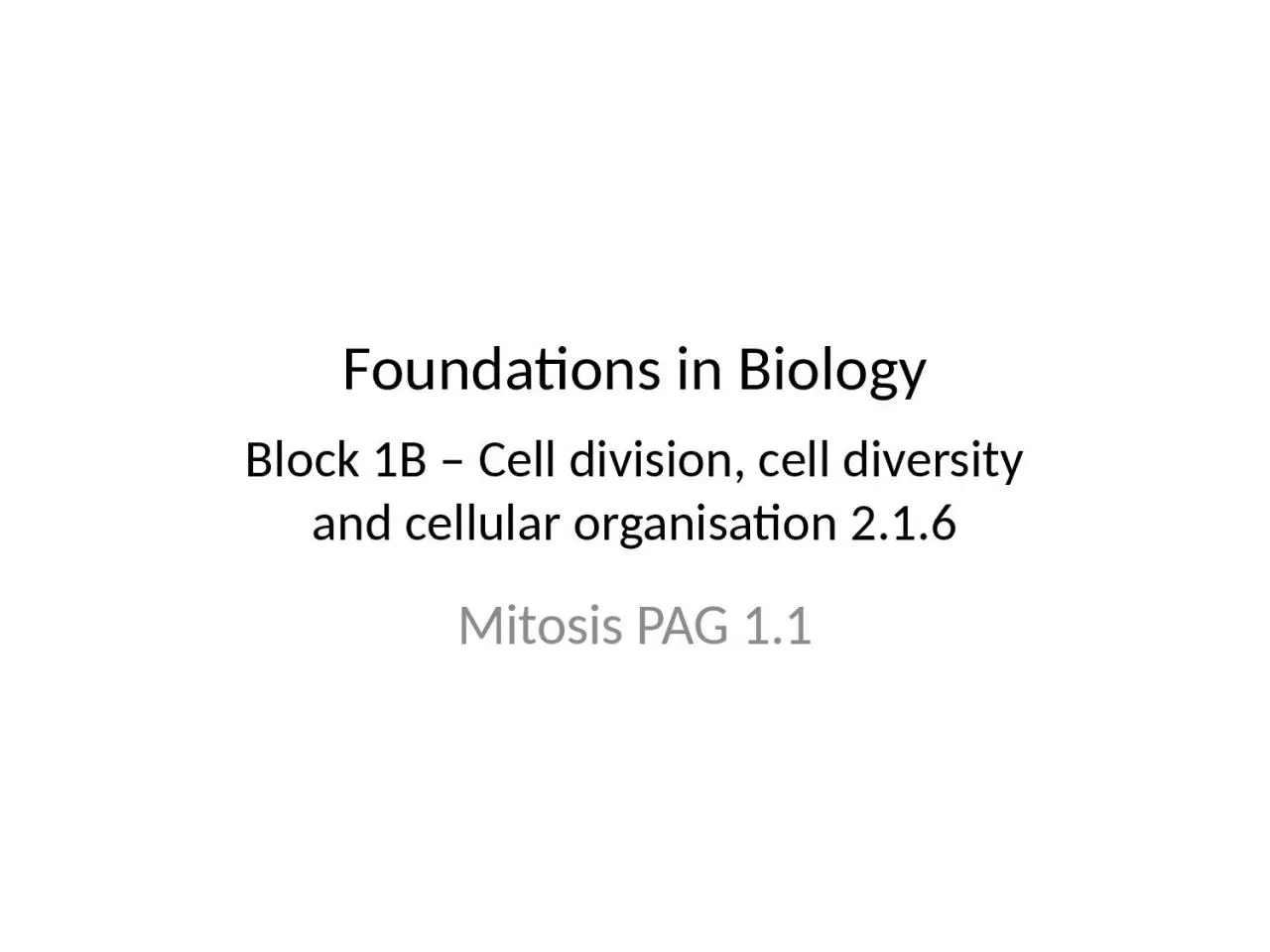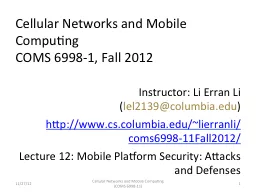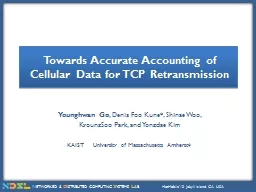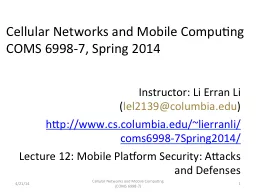PPT-Block 1B – Cell division, cell diversity and cellular organisation 2.1.6
Author : hadley | Published Date : 2024-01-29
Mitosis PAG 11 Foundations in Biology spec Mitosis and Cell Cycle Learning Objectives Collection and presentation of data Produce a root tip squash Use a light
Presentation Embed Code
Download Presentation
Download Presentation The PPT/PDF document "Block 1B – Cell division, cell diversi..." is the property of its rightful owner. Permission is granted to download and print the materials on this website for personal, non-commercial use only, and to display it on your personal computer provided you do not modify the materials and that you retain all copyright notices contained in the materials. By downloading content from our website, you accept the terms of this agreement.
Block 1B – Cell division, cell diversity and cellular organisation 2.1.6: Transcript
Download Rules Of Document
"Block 1B – Cell division, cell diversity and cellular organisation 2.1.6"The content belongs to its owner. You may download and print it for personal use, without modification, and keep all copyright notices. By downloading, you agree to these terms.
Related Documents














